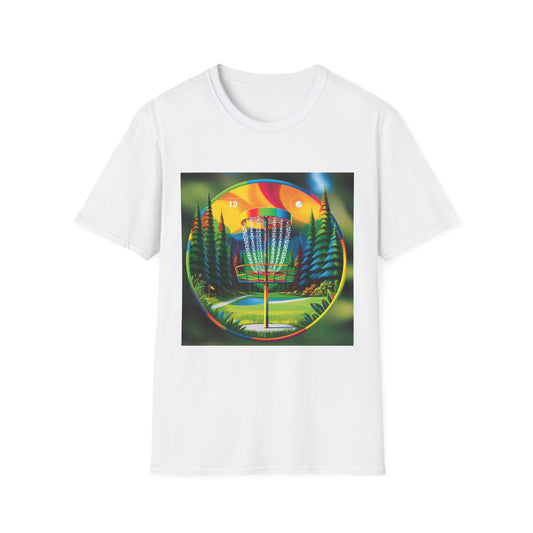
How to Build a Backyard Disc Golf Practice Setup
Share
Transform your space into a personal training ground—without breaking the bank.
Having a reliable place to practice can make all the difference in your disc golf game. While courses are great for full rounds, nothing beats the accessibility and repetition you can get from your own backyard. Whether you have a small yard, a large field, or even a side lot, this guide will walk you through how to create a backyard disc golf practice setup that’s useful, affordable, and tailored to your needs.
Step 1: Choose the Right Space
You don’t need a full acre to build an effective practice area. What matters most is safety, clear throwing lanes, and enough distance to work on the areas you care about—typically putting, short drives, and approach shots.
Look for:
-
At least 30–50 feet of open space for basic drills
-
Low foot traffic zones (away from pets, cars, windows)
-
Natural obstacles like trees or slopes for realism
If space is limited, consider vertical training (e.g., aiming at elevated targets) or short-game simulation with marked zones.
Step 2: Invest in a Practice Basket
A portable basket is the centerpiece of any home setup. You’ll want something that can withstand wind and catch reliably but doesn’t require a permanent concrete install.
Recommended features:
-
PDGA-approved catching chains
-
Sturdy base (no toppling in light wind)
-
Easy to move (foldable or rollable options)
Popular choices in 2025 include the Dynamic Discs Recruit, MVP Black Hole Pro, and the budget-friendly Axiom Lite.
Step 3: Create a Marked Putting Grid
Distance control is key in putting practice. Use flat cones, stakes, paint, or string to mark putting stations in 5-foot increments (10ft, 15ft, 20ft, up to 40ft). This visual structure reinforces consistency and helps track progress over time.
Optional:
-
Add colored flags or markers for wind reads
-
Mark a “straddle zone” for stance training
-
Use tape lines on the ground for footwork placement
This allows you to work through structured drills like ladder putting, perfect 10, or circle confidence drills.
Step 4: Add a Throwing Lane for Approaches
If you’ve got at least 60–100 feet, create a dedicated throwing lane with a release point and target area. This lets you work on touch forehands, floaty hyzer-ups, or low laser-beam upshots.
Ideas:
-
Use cones to designate OB zones or approach angles
-
Add objects like poles or trees to simulate tight lines
-
Set up a secondary catch net for overshoots
You can also use a stand-in object like a camping chair or garbage can as a secondary basket.
Step 5: Integrate Obstacles for Realism
Disc golf rarely offers open shots. Add simple backyard obstacles to force angle control and creativity:
-
PVC pipes, small trees, or fence panels as mandos
-
Ladders or ropes to simulate tunnels
-
Elevated baskets on blocks or steps for putting arc control
-
Sloped terrain to practice footing and balance
The more you mimic course conditions, the more transfer you'll see in real rounds.
Step 6: Track Progress Over Time
Use a whiteboard, spreadsheet, or mobile app (like UDisc or Disc Golf Field Work) to record:
-
Make percentages by distance
-
Miss tendencies (left, right, short, long)
-
Notes on form, grip, or mental focus
Set weekly or monthly challenges to measure progress and prevent your sessions from becoming repetitive.
Step 7: Make It Your Own
Once the basics are in place, customize your setup for your personal goals. You might want to:
-
Install solar lights for nighttime putting
-
Create a weekly putting league with friends or family
-
Add rubber mats or turf for consistent footing in all weather
-
Install a net behind the basket if you're surrounded by sensitive windows or fences
Your practice area doesn’t need to be fancy. It just needs to keep you throwing.
Final Thoughts
A backyard disc golf practice setup can be one of the most valuable tools in your game improvement toolbox. With a portable basket, a few DIY elements, and structured practice, you’ll develop putting confidence, short-game precision, and the discipline to carry over into tournament play. Most importantly, you’ll make disc golf part of your daily life—just a few steps from your back door.
























